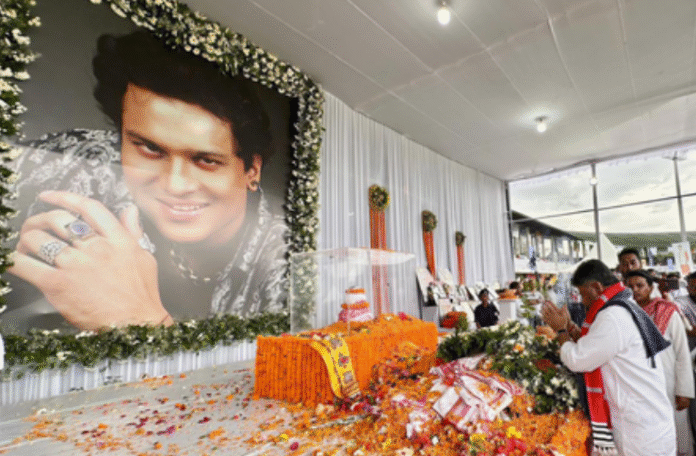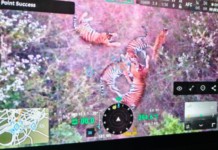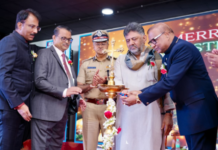GUWAHATI– The Special Investigation Team (SIT) probing the mysterious death of popular Assamese singer and composer Zubeen Garg has arrested Deputy Superintendent of Police (DSP) Sandipan Garg, the late artist’s cousin, marking a major development in the high-profile case that has shaken Assam’s cultural community.
According to officials, Sandipan Garg was taken into custody shortly after appearing for questioning at the CID headquarters in Guwahati on Wednesday. He is expected to be produced before the Chief Judicial Magistrate (CJM) Court later in the day.
Sandipan Garg was reportedly aboard the yacht in Singapore where the incident that led to Zubeen’s death occurred. He had earlier claimed on social media that he had “fully cooperated” with investigators during a marathon interrogation session earlier this week.
The arrest is the fifth in the ongoing probe ordered by Assam Chief Minister Himanta Biswa Sarma, who directed the formation of a Special Investigation Team to ensure a transparent and time-bound inquiry.
On October 1, the SIT arrested Zubeen’s manager Siddharth Sharma and event organiser Shyamkanu Mahanta, who coordinated the music festival in Singapore where the singer was scheduled to perform. Both were charged with culpable homicide not amounting to murder.
Soon after, two members of Zubeen’s band—musician Shekhar Jyoti Goswami and singer Amritprabha Mahanta—were taken into custody and remanded to 14 days of police custody for further questioning.
Led by CID Special DGP M.P. Gupta and Chief Investigating Officer Rosie Kalita, the SIT is examining several possible angles, including foul play and financial disputes linked to the overseas event. Investigators are also said to be reviewing travel and communication records from Singapore as part of their inquiry.
Zubeen Garg’s sudden death has sent shockwaves across Assam and the wider northeastern region, where he was celebrated as one of the most influential voices in modern Assamese music. Fans, artists, and family members continue to demand justice and transparency as the probe unfolds. (Source: IANS)













